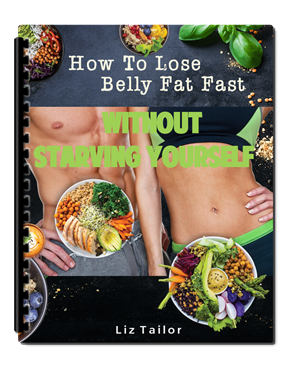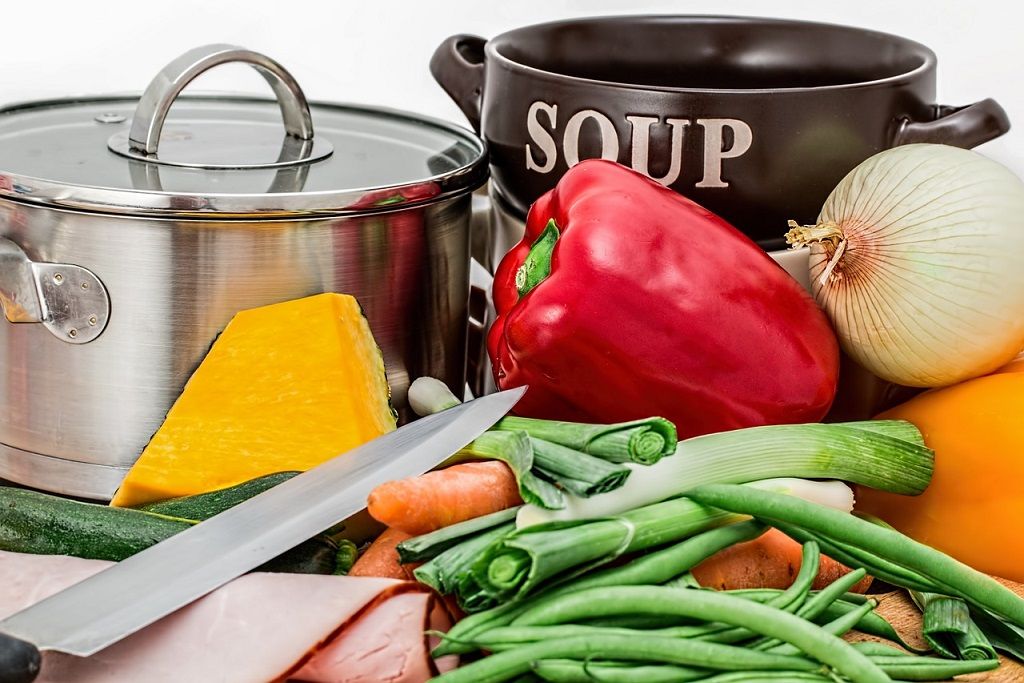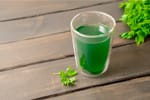Clean eating has become such a buzzword all around the world, but what does it really mean?
Clean eating is when you consume food in its most natural state and not processed.
It’s eating less junk food as possible…
It’s cutting back on your consumption of meats, and if you must eat it, then try your best to stick with the leaner cuts.
There are many debates surrounding what’s considered clean eating, but I think that it all comes down to common sense.
We all know what junk foods and healthy foods are, and the effects they have on our bodies.
As a general rule of thumb, we should consume a diet that’s mainly plant-based so that we can get our required micro-nutrients such as vitamins, minerals, proteins, complex carbs, and so on.
You can also include lean meats and fish in moderation for additional protein.
Apply the “Rule Of Moderation” when consuming junk foods.
I know that all of this talk about how to eat properly can become a bit confusing, but I’ve taken the liberty to simplify the process of determining if food falls under the Clean Eating category.
In this article, you’ll learn the 7 Filters To Determine If You're Eating Clean.
Let’s get to it…
Filter 1: Is It Real Food Or Is It Processed?
Believe it or not, some food companies have done such a great job at marketing their processed goods, but people aren’t aware of the fact that those products are packed with preservatives and other additives.
It’s no secret that preservatives and additives provide no nutritional value for our bodies.
For example, if the juice that you purchase sits on a shelf, is not refrigerated, and is NOT perishable, that lets you know it’s highly processed, and is packed with preservatives.
Natural foods that contain no preservatives have a very short life and then go bad.
NOTE: I consider real foods those that are left in their natural state because once preservatives and additives are mixed in, they become something else, which is usually unhealthy.
Filter 2: Is The Food In Its Most Natural And Nutritious State?
This is an extension of Filter 1, where you must simply determine if the food you plan on consuming is still in the form in which you’ll get the nutritional value from it.
For example, have you ever had a cocktail or some ice cream where a cherry is included? If so, have you noticed how sweet it was and the extremely light color of it?
These cherries are usually processed and packed in a sugary liquid to enhance the sweetness.
With that being the case, you will not get any positive nutritional value from these types of cherries.
Before you consume any foods you should stop and ask yourself whether or not it’s in its most natural state.
Filter 3: Does It Contain Macronutrients (proteins, good fats, complex carbs)?
Since our bodies have certain nutritional requirements to remain healthy, it needs a variety of nutrients, such as proteins, good fats, and complex carbohydrates.
Example Sources Of Protein: Beans, Lentils, Nuts, Quinoa, Lean Meats
Example Source Of Good Fats: Fish
Example Sources Of Complex Carbs: Yams, Sweet Potatoes, Brown Rice
Keep in mind that our bodies need a lot more macronutrients than micronutrients.
Make sure the foods that you consume on a daily basis contain proteins, good fats, and complex carbs in the amounts required for your body.
Filter 4: Does It Contain Micronutrients (vitamins, minerals, and phytonutrients)?
Being deficient in certain micronutrients could invite disease into your body. For example, Anemia results from a lack of iron (a mineral). Iodine deficiencies can lead to thyroid problems.
I’m sure that you get the message as to why you must be certain to consume the amount of micronutrients required for your body to reduce your chances of developing health problems that are known to be responsible for causing sicknesses.
Filter 5: If It's Meat, Is It The Lean Cut With Little Fat?
Let me clear something up, no matter how lean the cut of meat is, it will still contain some fats, that’s just the way it is.
However, choosing a leaner cut can go a long way toward reducing your overall fat intake.
There’s always a debate about whether or not to completely cut meat out of your diet. I don’t waste time arguing, my suggestion is to eat a predominantly plant-based diet, and if you must consume meat, do so in moderation.
Filter 6: If It’s A Veggie, Is It As Raw As You Can Tolerate?
When you cook veggies, the heat destroys a great deal of the nutrients contained within.
I know that not everyone has the palate to consume raw veggies…
So, I recommend that you steam your veggies for 7 minutes and see if you can tolerate them in that state.
I personally don’t have the palate to eat raw veggies, which is why I steam them for 7 minutes.
Give that a try.
Filter 7: If It’s A Fruit, Is It In Its Raw State?
The same rules for veggies apply to fruit, in that a lot of the nutrients are destroyed during the process of cooking.
Most people eat their fruits raw, so there’s not as big a concern.
If you’re making baked goods such as an apple pie, then of course the apples will be completely cooked, which will destroy most if not all of the nutritional value.
Conclusion
You just learned the 7 Filters To Determine If You're Eating Clean.
You don’t have to stress about the whole eating clean craze because it’s just more hype thrown into the fitness marketplace.
Clean eating is simply one's attempt to consume a diet that’s predominately plant-based and to minimize meat and processed foods intake.
I recommend that you keep things simple, and use your common sense, and you’ll be just fine.
Download Our Free E-book!







